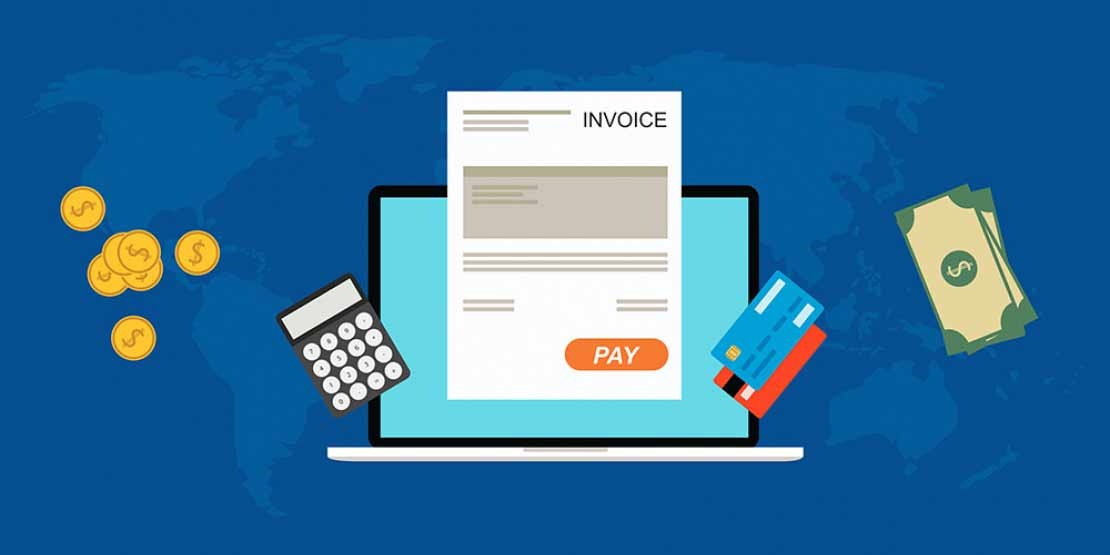To meet the need to cut costs and optimize their purchasing processes, companies are increasingly turning to e-invoicing. In 2016, it is estimated that 8% of the invoices generated around the world are electronic. This figure is constantly growing, though it varies from country to country. This information, taken from the annual report "E-Invoicing / E-Billing – Digitisation and Automation" published by Basware in 2016, confirms one of the major trends in the dematerialization of accounting: the rise of the electronic invoice.
The difference between dematerialized invoices and e-invoices
First of all, let’s be clear that these are two different systems:
- A dematerialized invoice is a paper invoice which is then scanned to facilitate storage, archiving or sending;
- An electronic invoice, by contrast, exists only in electronic form. Two formats are accepted: EDI (Electronic Data Interchange) or PDF.
For fiscal purposes, both types of invoicing are valid, but this article focuses on e-invoicing, which is a hot topic for today’s businesses. Implementing 100% electronic invoicing represents a large-scale project for companies, but one that is quickly—and decidedly—profitable.
The cost of paper vs. electronic invoices
A report by GS1 France (link), which specializes in data exchange standards, estimates the average processing cost for an outgoing invoice at between €8 and €9.50 for paper, compared to about €5 for electronic: a saving of at least €3!
Detailed costs of processing an outgoing paper invoice
Preparation, billing and accounting = €0.3
Sending = €1.2
Payment reconciliation = €0.5 to €2
Filing = €0.8
Dunning management = €0.8
Dispute management = €2.4
Cash flow costs = €2
For incoming invoices, the savings are even more striking: the average processing cost for an incoming invoice is estimated at €13.80 for paper versus €7.50 for its electronic counterpart: a saving of €6.30!
Detailed costs of processing an incoming paper invoice
Mail handling = €0.9
Data entry = €1.4
Validation = €5.4
Payment = €2.8
Filing = €1.5
Dispute management= €1.8
In light of these figures, the financial savings seem obvious, but there are also other benefits…
The 5 key benefits of e-invoicing
A major source of savings
As we saw, the main argument put forward by companies when they go down this route is cost reduction. And with good reason! With processing costs being diminished by 60% to 80%, electronic management is an economic opportunity that shouldn’t be overlooked.
Process optimization, in particular:
- Shorter payment times : The easy traceability of online invoices means that payments, follow-ups and reminders to customers and suppliers can be automated. Payment times are consequently shorter… and more often complied with.
- More reliable quality : Reducing manual input makes for higher-quality invoices. It is less common to find erroneous information on documents.
- More productive teams: Thanks to digital, some of the accounting teams’ tasks are quicker and easier to do, enabling them to save time and boost their productivity. For example, the average processing time for an invoice is cut from 15 days (for 100% paper) to 3 days (for 80% dematerialized). They can therefore focus on their core mission.
A stronger, more modern image
Whether in reducing its carbon footprint by cutting right down on printing or in using digital technologies to keep up with innovation, e-invoicing says a lot about a company’s values.
A Manutan customer example
Take the example of an industrial firm with 15,000 employees that deals with some fifty suppliers; looking only at its "maverick buying" or "wild purchasing":
For 3,870 orders a year, with no dematerialization (of orders or invoices, etc.), the total administrative cost comes to €366,430.
Our value-added service experts calculate that by dematerializing 90% of its invoices, the company in question would save €18,375: that’s 5% of the overall cost! Clear proof of the financial validity of this approach.
Now that the reasons for embarking on e-invoicing are clear, and you are ready to make the shift, it only remains to select the format (PDF or EDI) depending on your company’s requirements in terms of security, investment, etc.!









